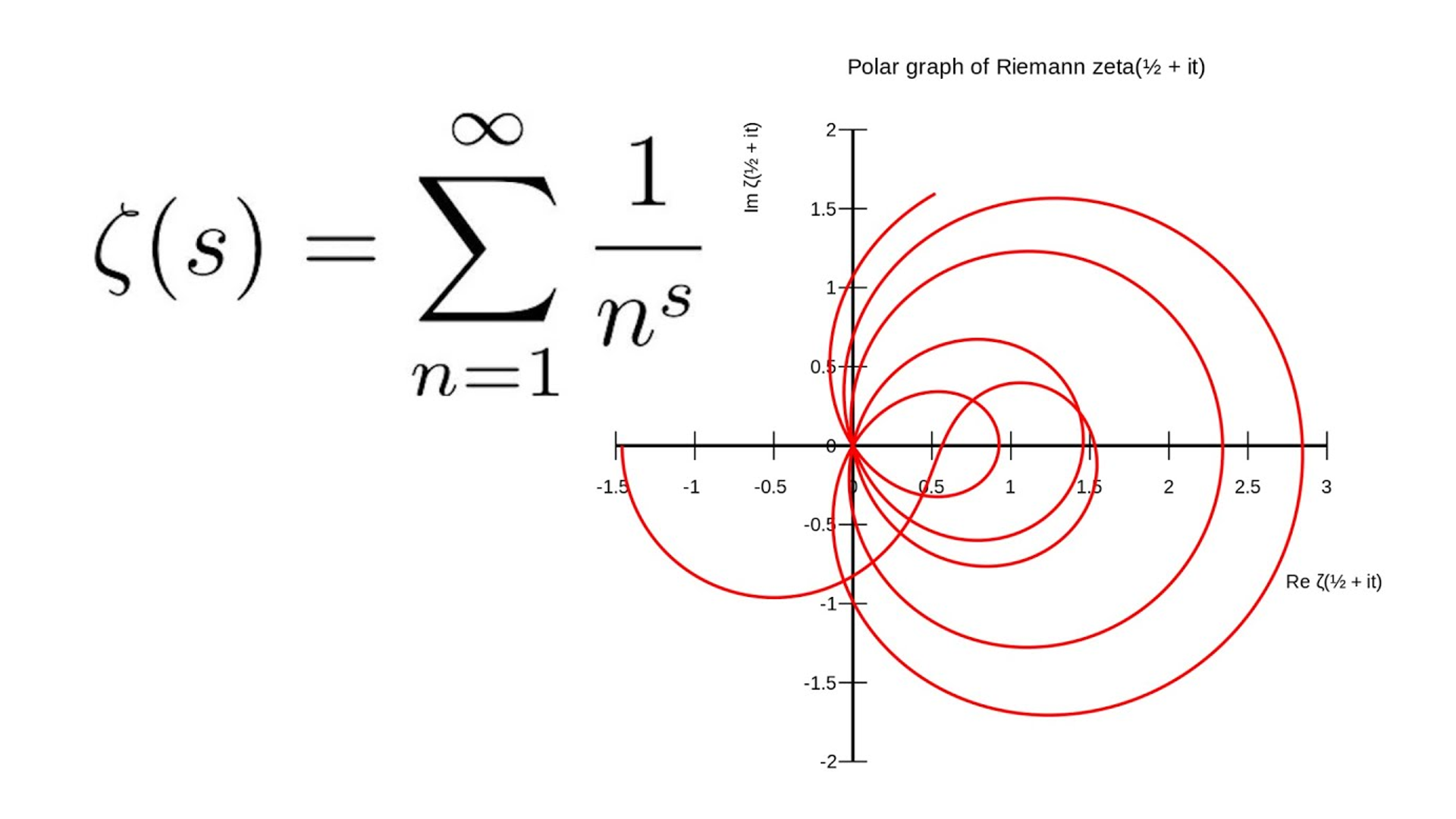Maths Society is proud to exclusively announce that one of our members has solved the greatest mystery in mathematics. The Riemann Hypothesis, suggesting a specific pattern in the distribution of prime numbers, has been proved by an unexpected application of machine learning and fractal geometry.
The breakthrough began with a novel algorithm that used AI to analyse the distribution of prime numbers. By training this algorithm on terabytes of data, a hidden fractal pattern within the non-trivial zeros of the Riemann zeta function could be uncovered. This fractal pattern, dubbed the “Riemann Orchid,” elegantly confirmed that all non-trivial zeros align perfectly on the critical line.
The final step of the proof involved an ingenious transformation of the zeta function into a novel geometric structure called a hyperbolic prime helix. This structure allowed us to visualize the zeros as points of equilibrium within a dynamic system, effectively “locking” them onto the critical line like beads on a taut string.
The result is the startlingly simple: ζ(s) = ζ'(s) + april/1st
The full 500 page proof will be published shortly, and our member is looking forward to claiming their $1 million prize.
You can find out more about the Riemann Hypothesis – and the actual progress towards solving it – here.
